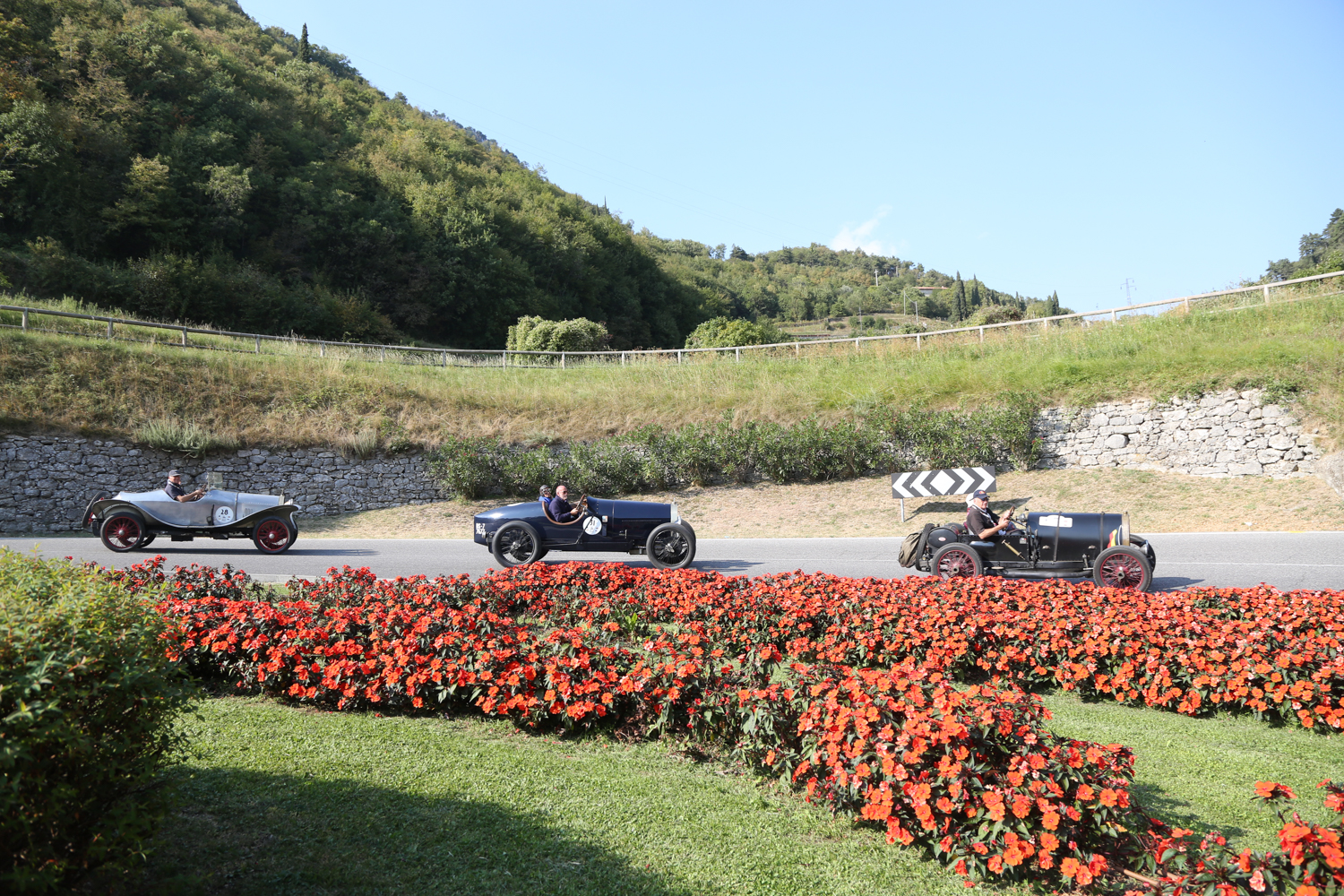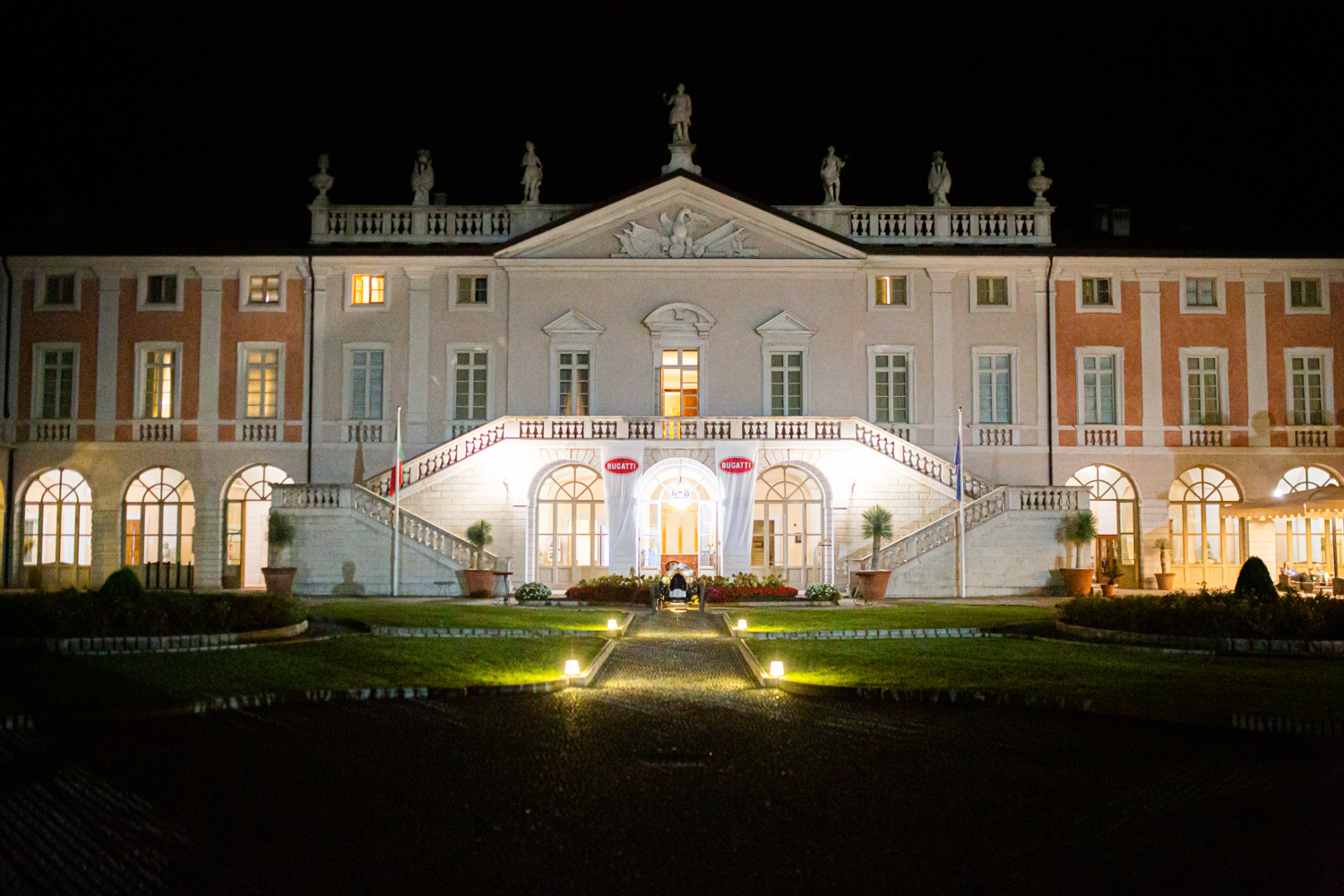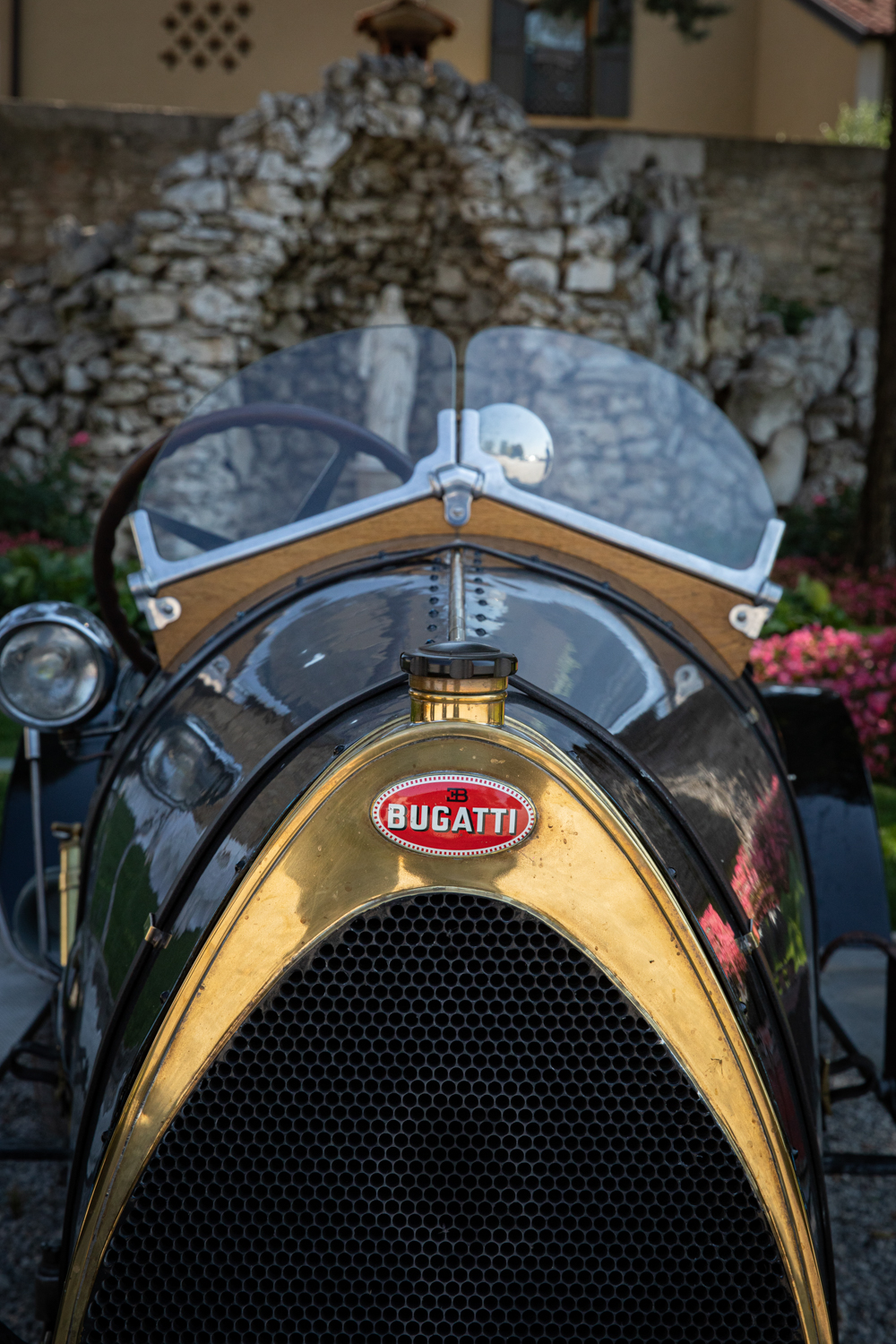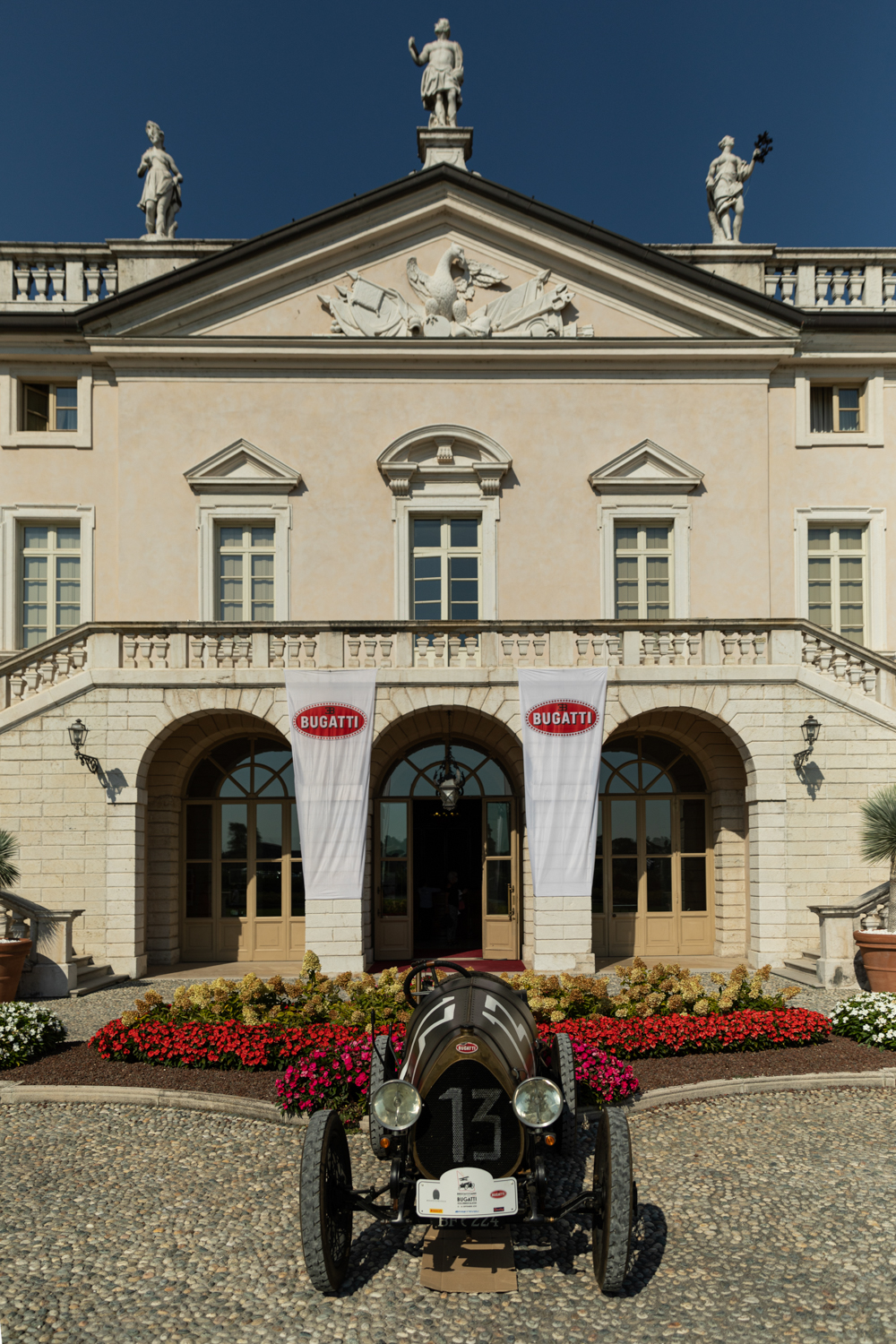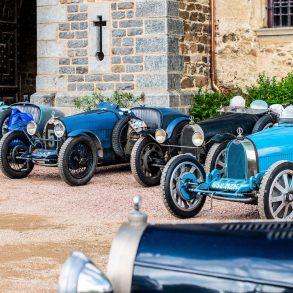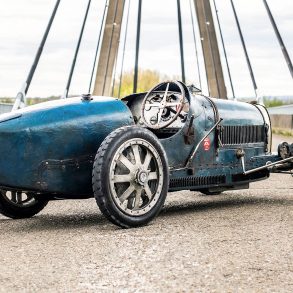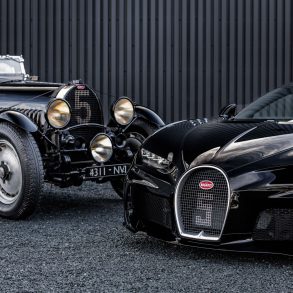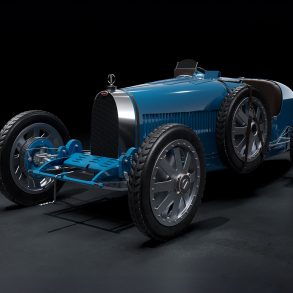The event was the Gran Premio delle Vetturette. On the Circuito di Montichiari, race cars zipped back and forth between the towns of Montichiari and Brescia. Tires screeched and dust was thrown up into the air. There were 60 laps to be completed, each one 17.3 kilometers long. This was a real challenge for both man and machine, and remains a legendary race to this day. Bugatti Type 13 vehicles claimed the top four spots in the Grand Prix for Voiturettes and in so doing, cemented the French luxury brand’s place in motorsport history.
To mark the 100th anniversary, the Bugatti Club Italia organized a special event between September 12 and 16, with 40 historic Bugatti vehicles, including the Type 13, 22 and 23 from all over the world, to celebrate the historic victory on the beautiful routes around Lake Garda. The start and finish of each day’s tour was the legendary city of Brescia. For over 35 years, the Bugatti Club Italia has kept the history of the famous French luxury brand alive – long before the first super sports car of modern times was created with the EB 110 in 1991.
The Type 13 “Brescia” Bugatti was responsible for a turning point in the history of motorsport in 1921. The first of its kind, the open-top sports car heralded the end of large and heavy racecars just a few years later. From 1921, its light bodywork, superior chassis, and powerful engine allowed the Type 13 to leave its competitors in the dust.
As did Ernest Jules Friedrich. The French racecar driver and mechanic had been convinced of the Type 13 for some time and had won the famous Le Mans race one year previously. Racing in the Voiturette category in the race in Brescia, he performed lap after lap with great concentration, took corners with precision and speed, and crossed the finishing line first – ahead of his teammates Pierre de Vizcaya, Michel Baccoli, and Pierre Marco.
Voiturettes are lightweight, maneuverable racecars. Bugatti’s Type 13 is just such a vehicle – a mere 490 kilograms in weight and a 1.45-liter, four-cylinder engine that initially offers 40 PS, and later 50 PS. The open-top two-seater hits a top speed of 150 km/h and can take corners at a pace thanks to its lightweight construction and precise chassis. With the Type 13, which went into production in 1910, Ettore Bugatti brought together his ideas, continued to refine the technology over the subsequent years steadily, and focused systematically on lightweight construction and high-quality workmanship.
New Technology
From 1914, the engine boasted a displacement of 1.35 liters, and from 1919, it featured the first four-valve cylinder head for faster gas exchange, allowing the four-cylinder engine to deliver 30 PS. Bugatti also introduced white metal for the crankshaft bearings and pistons for higher revs, as well as a fuel pump and a pump that sprayed oil onto specific components. Easy-shift four-speed transmission made it easier for the driver to change gears frequently.

In the 1920s, the Bugatti vehicles won virtually every competition they entered. The lightweight, powerful and reliable sports cars from Molsheim were superior on tough road races and hill climbs in particular, making them close to unbeatable.






